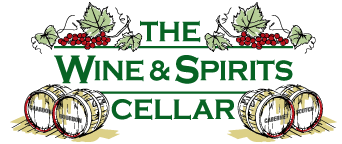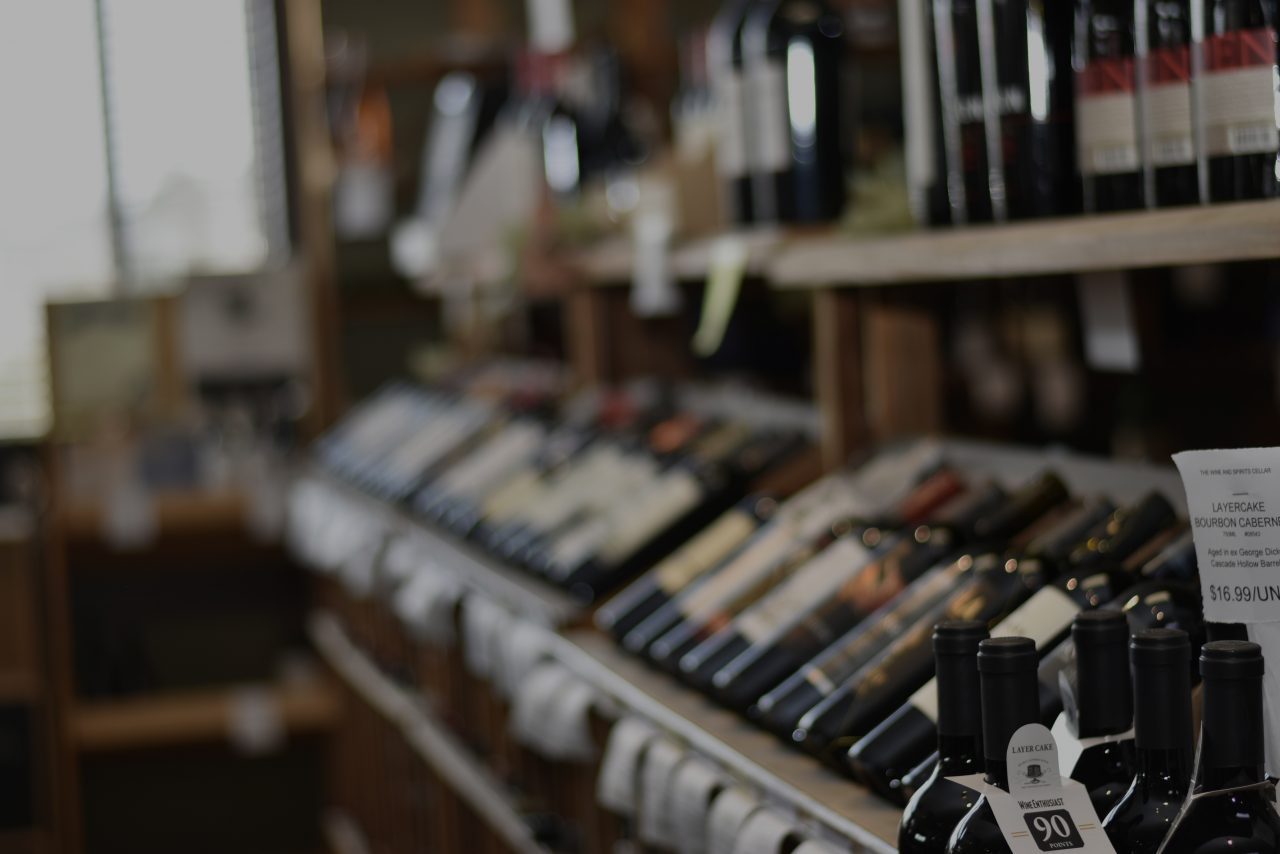How to Properly Store Wine and Spirits at Home
When it comes to enjoying fine wine and spirits, proper storage is essential. Storing your drinks correctly ensures their flavors stay intact and that you can enjoy them at their best, whether they’re ready to drink today or aging for tomorrow. Here’s a guide How to Properly Store Wine and Spirits at Home that will help you protect your bottles and elevate your drinking experience.
Why Does Proper Storage Matter?
Wine and spirits are more sensitive than most people realize. Factors like temperature, light, and humidity can impact their flavor and quality. Proper storage also helps preserve the value of rare or collectible bottles. Whether you’re a casual fan or a dedicated collector, understanding the basics of storage is key.
1. Choose the Right Temperature
Temperature is one of the critical factors in wine and spirits storage. Here’s how to manage it:
- For wine, maintain a consistent temperature between 45°F and 65°F, with 55°F being the sweet spot for most types.
- Spirits are less finicky but should be stored at around room temperature, around 60°F to 70°F, to preserve their flavors over time.
- Avoid extreme temperature changes, which can spoil wine and damage the cork.
2. Pay Attention to Light Exposure
Both wine and spirits are sensitive to UV light. Prolonged exposure to sunlight can break down the chemicals in wine, causing it to lose its flavor and aroma. Spirits stored in clear bottles are also at risk:
- Store bottles in a dark or dimly lit space.
- Use UV-blocking glass or store bottles in their original packaging if possible.
3. Keep Bottles in the Right Position
Wines sealed with corks should be stored horizontally. This keeps the cork moist and prevents it from drying out, which can lead to oxidation and spoilage. On the other hand, spirits sealed with screw tops or other secure closures can be stored upright:
- Horizontal for wine bottles.
- Upright for spirits to avoid leaks or cork deterioration.
4. Control Humidity Levels
Humidity plays an important role in wine storage because it affects the cork. If the air is too dry, corks can dry out, letting air seep in and spoil the wine. Alternatively, if it’s too humid, mold can develop on the labels and corks:
- Aim for a humidity level of around 50% to 70%.
- Use a wine fridge or a humidifier to maintain the conditions in your storage area.
5. Invest in a Proper Storage Solution
If you’re a casual wine drinker, a cool, dark cabinet or a dedicated wine rack may suffice. But if you’re serious about wine and spirits, consider investing in a wine fridge or cellar:
- Wine fridge: Provides precise temperature and humidity control, perfect for those with smaller spaces.
- Wine cellar: Ideal for serious collectors looking to age premium wine for long periods.
6. Avoid Storing Bottles in the Kitchen
It’s tempting to keep wine and spirits in your kitchen or bar cart for easy access, but these areas are often filled with fluctuating temperatures and bright lights:
- Avoid placing bottles near ovens, refrigerators, or heaters.
- Your kitchen might be convenient, but it’s not always ideal for long-term storage.
7. Manage Open Bottles Carefully
What about bottles you’ve already opened? Once opened, wine and spirits have a shorter lifespan:
- Recork wine and store it in the fridge to slow the process of oxidation. It’ll typically last between 3 and 7 days, depending on the type.
- Spirits, like whiskey, rum, and vodka, can last for months after being opened—just be sure to seal them tightly.
Final Thoughts
Proper storage is the key to getting the most out of your wine and spirits collection, whether you’re sipping on a newly opened bottle or aging one for the perfect occasion. A little attention to detail in storage can go a long way in preserving the flavor, aroma, and quality of your favorite beverages.
Looking to enhance your collection? Visit The Wine and Spirits Cellar for premium options to stock your shelves and expert tips to elevate your experience.


